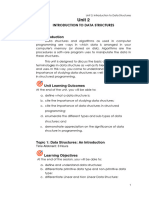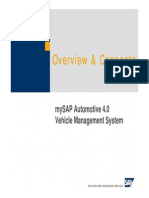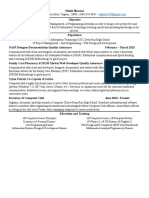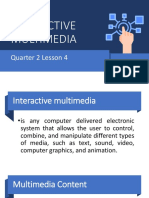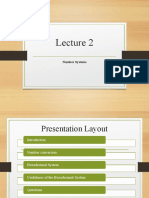0% found this document useful (0 votes)
3 views24 pagesUnit1 DSA Basic
The document outlines the fundamentals of data structures using C++, covering basic terminology such as data, information, and types of data structures. It explains the importance of data structures in programming, their classifications into primitive and non-primitive, linear and non-linear, static and dynamic, and their respective characteristics. Additionally, it highlights the significance of choosing appropriate data structures and algorithms for efficient software project development.
Uploaded by
officialgauravsharma16Copyright
© © All Rights Reserved
We take content rights seriously. If you suspect this is your content, claim it here.
Available Formats
Download as PDF, TXT or read online on Scribd
0% found this document useful (0 votes)
3 views24 pagesUnit1 DSA Basic
The document outlines the fundamentals of data structures using C++, covering basic terminology such as data, information, and types of data structures. It explains the importance of data structures in programming, their classifications into primitive and non-primitive, linear and non-linear, static and dynamic, and their respective characteristics. Additionally, it highlights the significance of choosing appropriate data structures and algorithms for efficient software project development.
Uploaded by
officialgauravsharma16Copyright
© © All Rights Reserved
We take content rights seriously. If you suspect this is your content, claim it here.
Available Formats
Download as PDF, TXT or read online on Scribd
/ 24








































